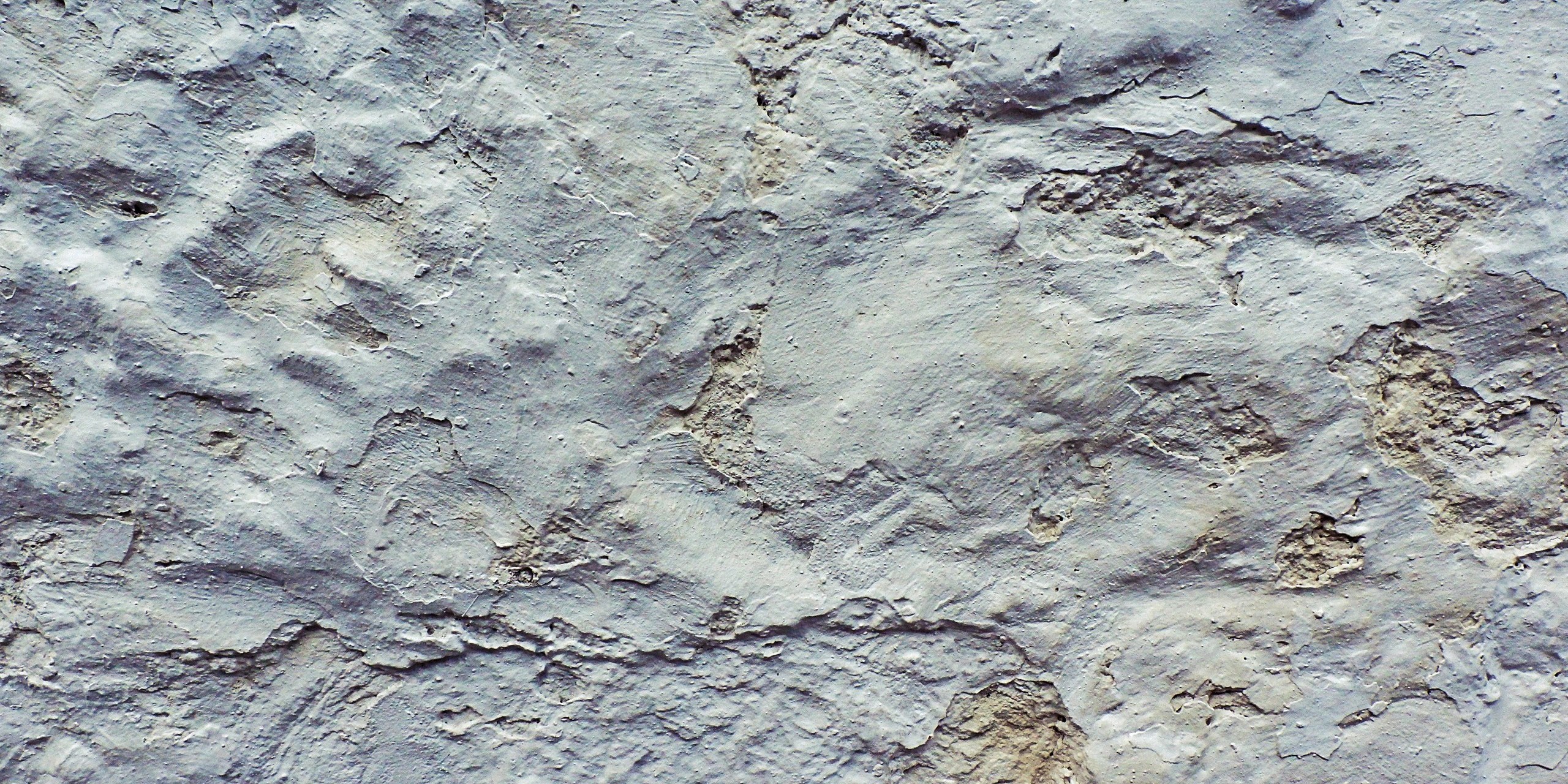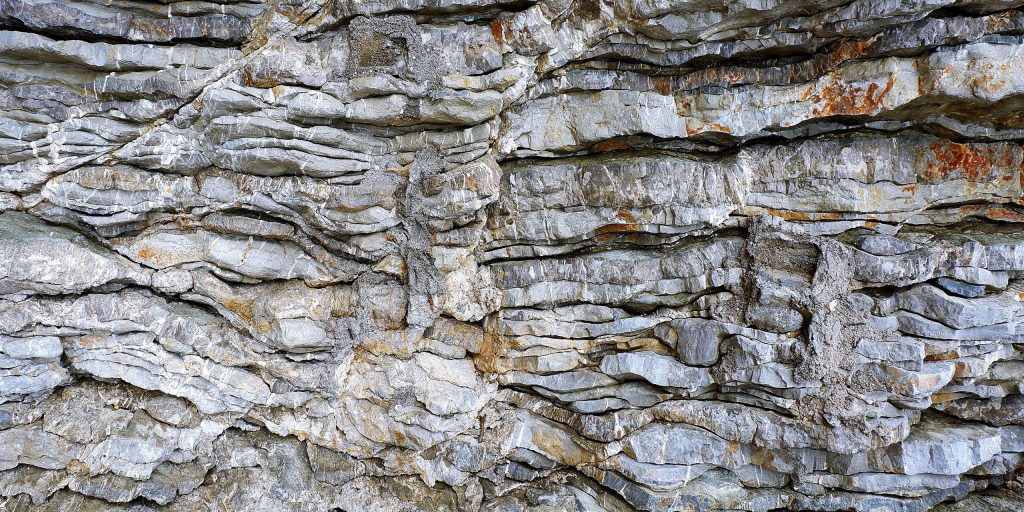The lime manufacturing market includes establishments that manufacture lime from various products such as dolomitic limestone, calcitic limestone, and other materials such as chalk, corals and shells.
Lime Production
Production of lime starts with the quarrying and crushing of limestone. Limestone composition includes wide range of sedimentary rocks. Limestone consists of four minerals — calcite, dolomite, aragonite and magnesite — and other impurities. It is generally of two types: calcium and dolomitic.
High quality calcium limestone contains 98 percent to 99 percent calcium carbonate and the remaining are impurities. Dolomitic limestone contains 42 to percent 44 percent magnesite, 1 percent to 3 percent impurities, and the remaining is balanced by calcium carbonate. Limestone is available in different types due to its sedimentary composition.
Limestone Classifications
Two classification schemes are used to differentiate limestone, which include Dunham and Folk classifications that differentiate limestone and carbonate rocks
The limestone industry is highly capital intensive. Lime is used in wide range of end-user industries such as steel, building and construction, and wastewater treatment. It is used as a fluxing agent in the steel industry, binding agent in the construction industry, and as filtering agent in the wastewater treatment industry.
Enjoying our insights?
Subscribe to our newsletter to keep up with the latest industry trends and developments.
Stay InformedCement is used as a binding agent that holds various components of concrete structures. Concrete is known to be the second-ost consumed material after water. Cement is mostly confused with concrete; however, both of these are different. Cement is also manufactured from limestone.
Lime products such as hydrated lime and quicklime are often supplied from limestone quarries. These products are employed in end-user industries such as agriculture and cement. High demand for lime and its products in various applications is expected to boost the market.
Rising Demand
Rising demand for lime in building and construction, steel and agriculture industries is projected to boost the lime manufacturing market in the near future. Due to its functional properties, limestone is used in acidic soil to neutralize it. It is also used as an aggregate in road construction, as a reagent for controlling air pollution and often used in cosmetics and medicines.
Air pollution and excessive use of energy are the major factors that hamper market growth. The process of lime burning leads to emission of sulfur dioxide, carbon monoxide, and nitrogen oxide. These cause air pollution and are the major reason for excessive use of energy.
North America, Europe, Asia Pacific, Latin America, and Middle East & Africa are the major regions of the global lime manufacturing market. Developing economies in Asia Pacific, especially China and India, are the major markets for lime manufacturing due to rising demand for lime in the steel industry.
North America and Europe are also likely to be the major consumers of lime and its products owing to growth of the building and construction industry in these regions. Demand for lime and its products is expected to increase in Latin America due to increasing demand for these in end-user industries. Demand for lime manufacturing is also anticipated to rise in Middle East and Africa in the near future.
Key Players
Key players operating in the global lime manufacturing market include Sigma Minerals Ltd, Mercer Lime Co., Brookville Manufacturing, Cape Lime (Pty) Ltd, United States Lime & Minerals Inc., Lime Denmark, Nordkalk, Cornish Lime Co. Ltd, Emkor, Standard Lime Products Co. LLC, Omya AG, Mississippi Lime Co., Carmeuse, and Lhoist.






















